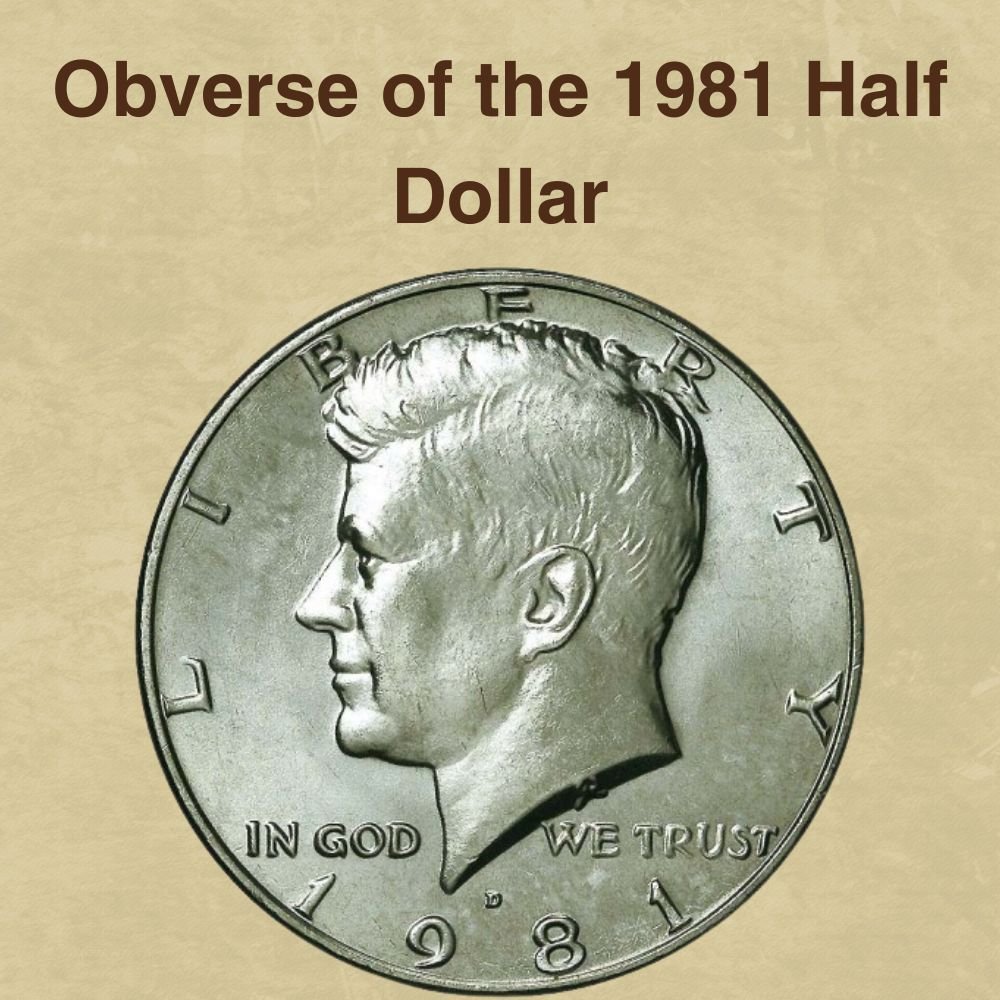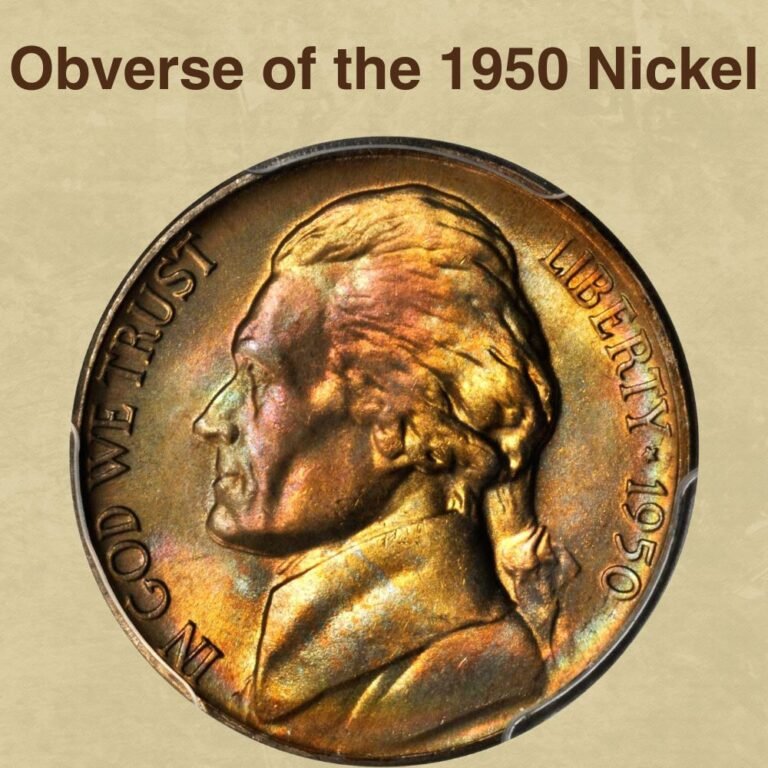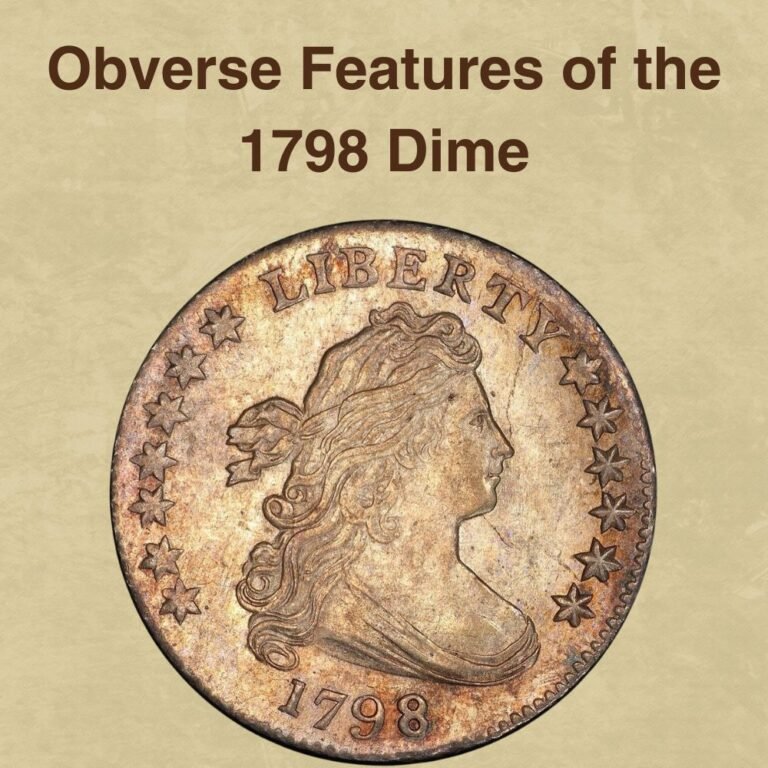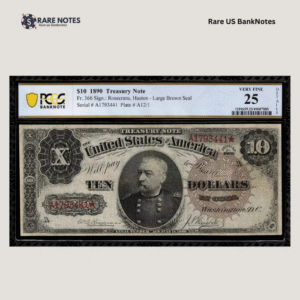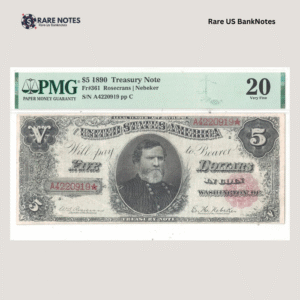Are your building your Kennedy Half Dollar collection and are curious about the 1981 half dollar value? If you’re wondering whether the 1981 Kennedy half is worth adding to your collection, our guide will help.
The year 1981 marked at a time when production of the half dollar was drastically reduced as the Mint failed to keep up with the high demand for these coins for circulation.
We’ll take you through the coin’s fast-paced and fascinating history, its stand-out features, and tips for grading your half dollar accurately. You will also discover some high-value minting errors that are worth adding to your collection.
So, let’s jump in and find out: How much is a 1981 half dollar worth?
1981 Half Dollar Value Chart |
||||
| Mint Mark | Good | Fine | Extremely Fine | Uncirculated |
| 1981-P Half Dollar Value | $0.60 | $0.60 | $0.60 | $2,750 |
| 1981-D Half Dollar Value | $0.60 | $0.60 | $0.60 | $1,500 |
| 1981-S Proof Half Dollar Value | – | – | – | $30 |
History of the 1981 Half Dollar
The 1981 half dollar is part of the popular Kennedy Half Dollar series that the United States Mint has produced since 1964 to commemorate the assassination of President John F. Kennedy.
In the hours following the assassination, Mint Director Eva Adams informed Chief Engraver, Gilroy Roberts of the plans to commemorate President Kennedy on one of the silver coins. Eventually, it was decided that Kennedy’s portrait would be depicted on the half dollar.
To save on time, Roberts used an existing bust of Kennedy he had created earlier for the Presidential series medal for use on the new coin’s obverse. Sculptor Frank Gasparo, who had designed the reverse of the medal also repurposed this design for use on the reverse of the new half dollar.
Since congressional approval was required to change any coin design within 25 years, a bill was introduced in early December, proposing that Kennedy’s profile be depicted on the half dollar. The bill passed by late December, paving way for production to begin by January. The first Kennedy half dollars were struck at the Denver Mint and at the Philadelphia Mint the following week.
The new half dollars were immediately popular, with the public hoarding most of the coins released for circulation. These early coins were struck with 90% silver but due to extensive hoarding and the increasing silver prices, the Mint reduced the silver content to 40% starting with 1965-dated half dollars. In the years that followed, the Mint increased the mintage of half dollars but couldn’t keep up with the widespread hoarding that resulted in the half dollar hardly being seen in circulation.
By 1970, the Mint completely eliminated the silver content from Kennedy half dollars, resorting instead to a copper-nickel clad alloy. This drastic change still didn’t do much to curb hoarding or boost circulation, and by 1980 the Mint decided to significantly reduce the number of half dollars it was producing for circulation. Noticeably, the population of 1981 Kennedy half dollars is much lower than that of previous years.
The 1981 half dollar is not a rare date in the series but Mint State examples are certainly worth collecting as they can command premium prices.
Also read: 13 Most Valuable Franklin Half Dollars Worth Money
Features of the 1981 Half Dollar
Let’s now look at the standout features of the 1981 half dollar. Familiarizing yourself with these features can help with grading and identifying high-value Kennedy half-dollars worth adding to your collection.
Obverse of the 1981 Half Dollar
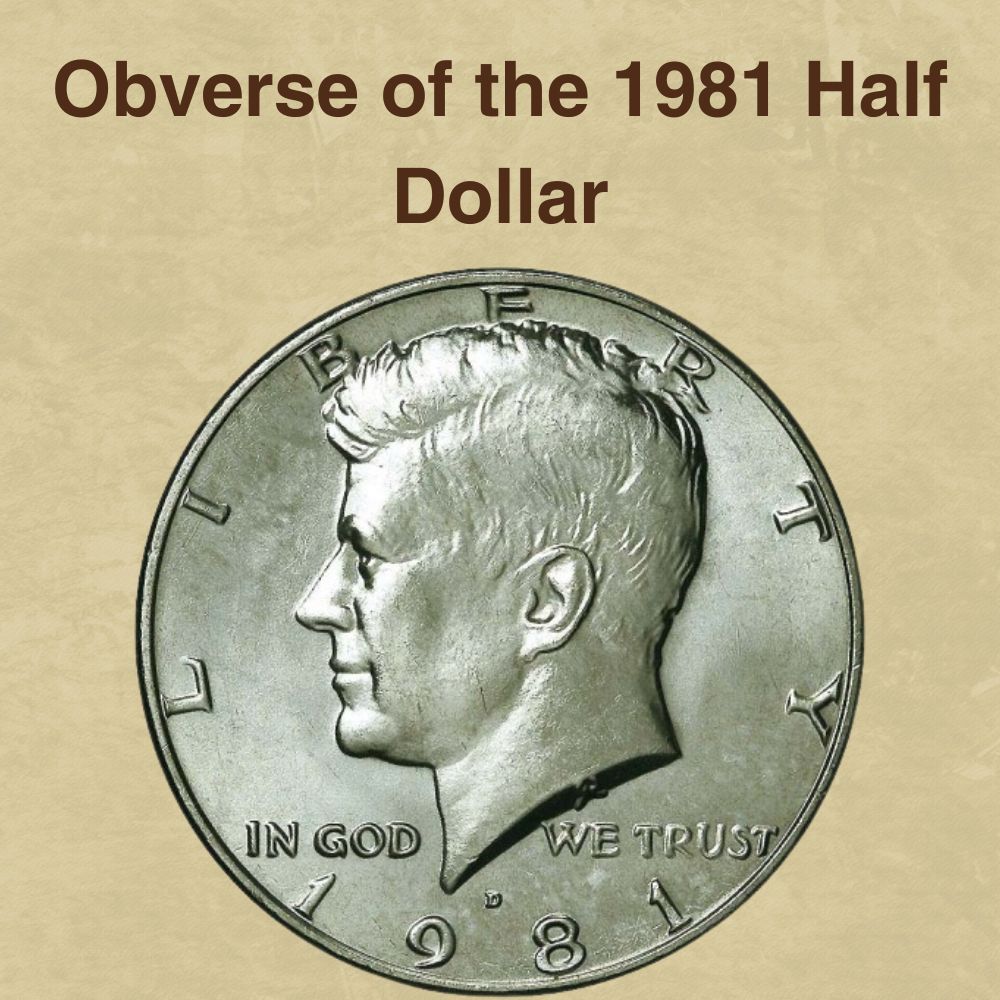
The obverse shows Kennedy’s left-facing profile. The word LIBERTY appears above his profile while the national motto, IN GOD WE TRUST, is inscribed horizontally at the truncation of Kennedy’s profile.
The date, 1981, is etched along the rim at the bottom. The mintmark will usually appear just below the truncation of Kennedy’s portrait, which is also between the number 9 and 8 in the date.
Reverse of the 1981 Half Dollar
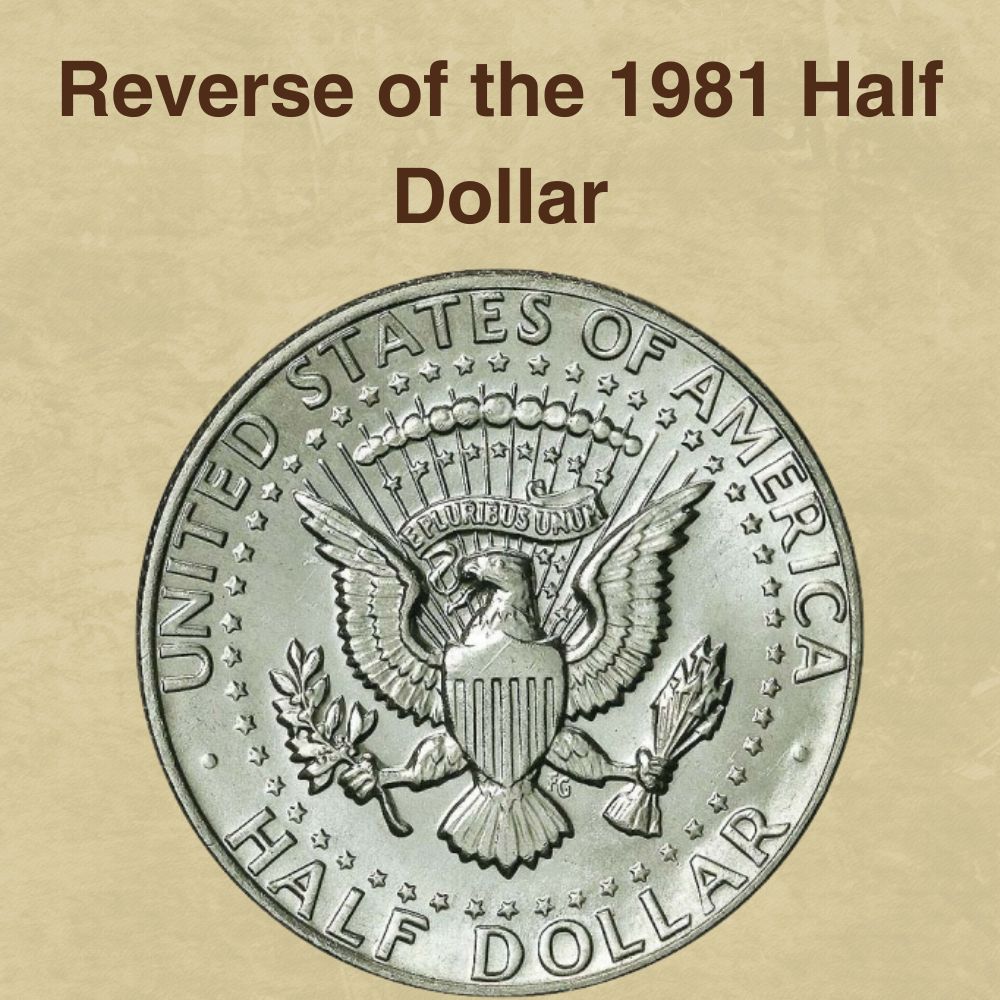
The reverse depicts the heraldic eagle with wings outstretched and a shield on the breast. The eagle clutches in its beak a flag with the Latin phrase, E PLURINUS UNUM (Out of Many, One) inscribed on it.
Rays of light crowned by a billow of clouds emerge from the background, perhaps symbolic of hope and a new dawn. In its right talon, the eagle holds a bunch of arrows representing security and readiness to defend the Union while olive branches in the left talon represent peace.
The image of the heraldic eagle is encircled by stars, which represent the states of the Union. The words UNITED STATES OF AMERICA are etched along the rim at the top while the denomination, HALF DOLLAR, is shown at the bottom.
Other Features of the 1981 Half Dollar
Additional features of the 1981 worth noting include:
- Diameter: 30.61 millimeters
- Weight: 11.30 grams
- Edge: 150 Reeds
- Metal Composition: 75% Copper, 25% Nickel
Also read: 13 Most Valuable Kennedy Half Dollar Worth Money
1981 Half Dollar Grading
Grading a 1981 half dollar entails examining the luster, wear, and the coin’s overall condition. Key areas to pay attention to include Kennedy’s hair, cheek and jawline and on the reverse, examine the eagle’s shield, feathers, and constellation of stars above the eagle.
In lower grades, there’ll be significant wear on Kennedy’s hairline, especially above the ear. The cheek and jawline will also show considerable smoothness. On the reverse, wear is noticeable on the eagle’s wings and talons.
Uncirculated, Mint State 1981 half dollars are the most desirable. These show no sign of major flaws or discoloration—the coins will display full mint luster, flawless surfaces, and frosted devices.
Check out this video for additional tips for grading your Kennedy half dollar.
1981 Half Dollar Value Guides
So, onto the big question: How much is the 1981 Kennedy half dollar worth? The value of your coin will depend on factors such as the condition, mintmark, mintage and rarity.
There are three varieties of the 1981 half dollar:
- 1981-P Half Dollar
- 1981-D Half Dollar
- 1981-S Proof Half Dollar
Let’s find out how much each is worth.
1981-P Half Dollar Value
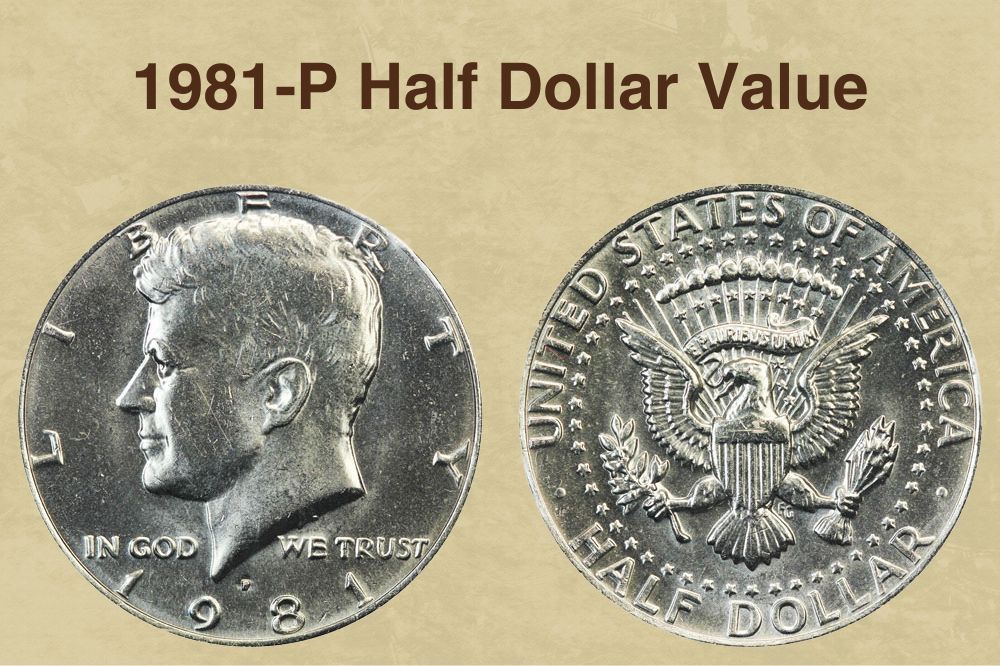
The 1981-P half dollar was struck at the Philadelphia Mint, with a mintage of about 29,544,000. Circulated examples and Mint State pieces are common but the majority are weakly struck, especially on Kennedy’s hair.
Here’s what to expect regarding the value of the 1981-P half dollar:
- Circulated Examples: These are common in all grades and will be worth more or less the face value. Even though the Mint drastically reduced production, the dies still delivered a weak strike especially on the obverse. Examples graded Good (G) will sell for about $0.60 as those graded Extremely Fine (XF). Prices increase only slightly for About Uncirculated (AU58) pieces, which will sell for up to $0.65
- Mint State Examples: Uncirculated examples are fairly common. Given the widespread hoarding of Kennedy half dollars, many of these coins remain uncirculated. But, due to their commonness, Mint State examples will not always fetch large premiums and are very affordable for most collectors. An example graded MS60 will sell for as much as $1 while an MS63 will fetch up to $7.50. High grade gems are genuinely rare and these will typically command a premium. For example, an MS68 will sell for at least $520 while an MS67 will fetch up to $2,750.
- Auction Record: In 2011, Heritage Auctions sold an MS68 for a remarkable $2,990, making this the most valuable 1981-P half dollar to date.
1981-D Half Dollar Value
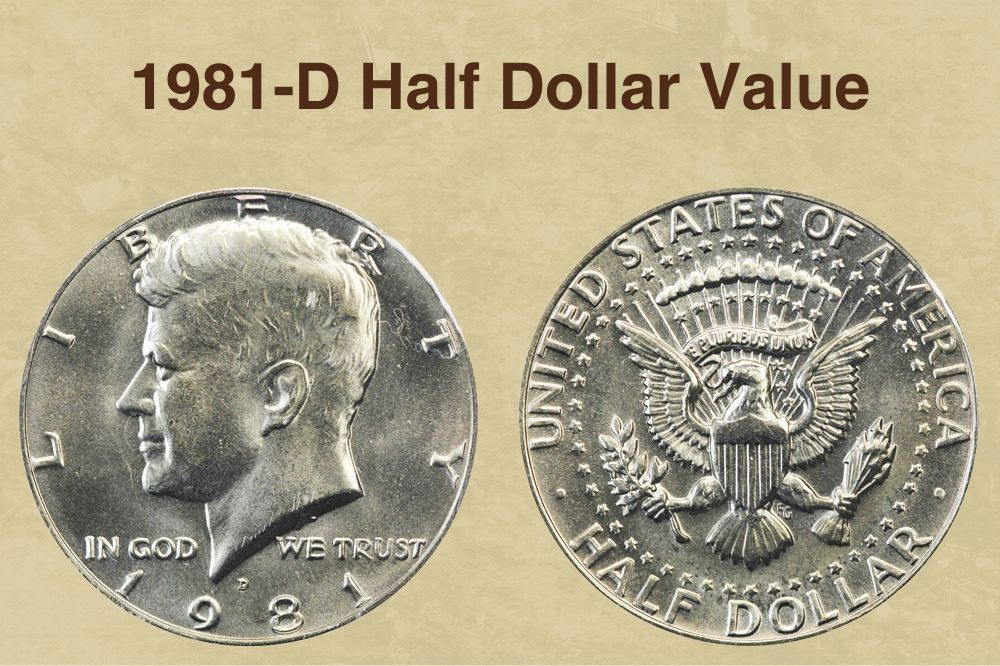
Next, we’ll look at the 1981-D half dollar, which was struck at the Denver Mint with a mintage of 27,839,533. Just like their Philadelphia counterparts, the 1981-D half dollars are quite common in circulated condition and Mint State pieces are also plentiful.
Here’s a breakdown of the values:
- Circulated Examples: These are readily available and affordable for all collectors. Examples will usually be worth more or less the face value across all grades. For instance, a piece graded Good (G) will sell for about $0.60 and so will one with an Extremely Fine (XF) grading. An About Uncirculated (AU58) piece will sell for slightly more at about $0.75.
- Mint State Examples: Uncirculated examples are equally plentiful and affordable. An example graded MS60 will fetch as much as $1 while an MS63 will sell for up to $6. Prices increase slightly up the grading scale, with rare Gems selling for significantly more, for example, an MS66 will fetch up to $70 while an MS67 can command prices of up to $1500.
- Auction Record: In a record-breaking sale in 2014, Heritage Auctions sold an MS67 for $1,880, making this the most expensive 1981-D half dollar so far.
1981-S Proof Half Dollar Value
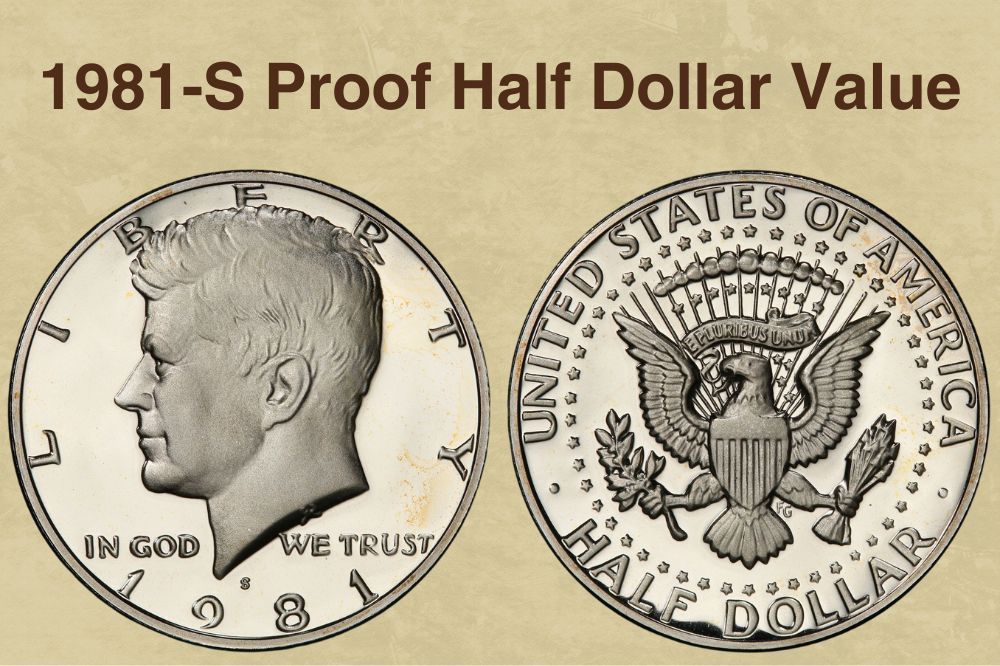
The San Francisco Mint struck proof half dollars only in 1981, delivering a mintage of about 4,063,083. This is quite a large number of proofs, making these special strike coins quite common.
The upside is that 1981-S proof half dollars are well-struck and cameo and deep cameo pieces show distinctively frosted devices and highly polished surfaces.
- Regular Proofs: As they are quite common, regular proofs are affordable and accessible to any collector across all grades. A PF60, for example will fetch about $1.50, an MS64 $3, and MS66 will sell for up to $6.50. Pieces graded MS69 and higher will fetch anything from $22.50 to $30.
- Gem Proofs: Cameo and Deep Cameo examples are also plentiful and will only fetch higher prices in higher grades. Cameo examples graded PF70 will sell for as much as $60 while Deep Cameo examples of the same grade will command prices as high as $120.
- Auction Record: In 2008, Heritage Auctions sold a PR70 for an impressive $805.
Also read: 11 Most Valuable Half Dollars In Circulation
Rare 1981 Half Dollar Errors List
Let’s check out notable minting errors that can significantly increase the value of your 1981 half dollar.
1. 1981-P Half Dollar Struck Through Error
A struck-through error occurs when a foreign object is accidentally struck between the die and planchet. Examples of foreign objects that can enter the punching hub include wooden chips, metal pieces, hair strands, strings, pieces of cloth, dust and other debris.
When struck, these objects will leave an impression on the planchet’s surface, resulting in a struck-through error. The value of such an error largely depends on its size and eye-appeal—larger, more dramatic struck-through errors are more captivating and will usually command higher prices.
Expect between $20-$100 more on your regular 1981 half dollar with a struck-through error.
2. 1981-P Half Dollar Rim Cud Error
A rim cud error happens when a piece of the die’s rim breaks off, leaving a gap that is gradually filled with small metal pieces as the die continues to be put to use. Eventually, the metal-filled gap leaves an impression along the planchet’s rim, resulting in a raised, horizontal bump known as a rim cud.
Larger, more dramatic rim cuds are generally more valuable. This error can add between $10-$50 to the value of a 1981 half dollar.
3. 1981-P Half Dollar Doubled Die Error
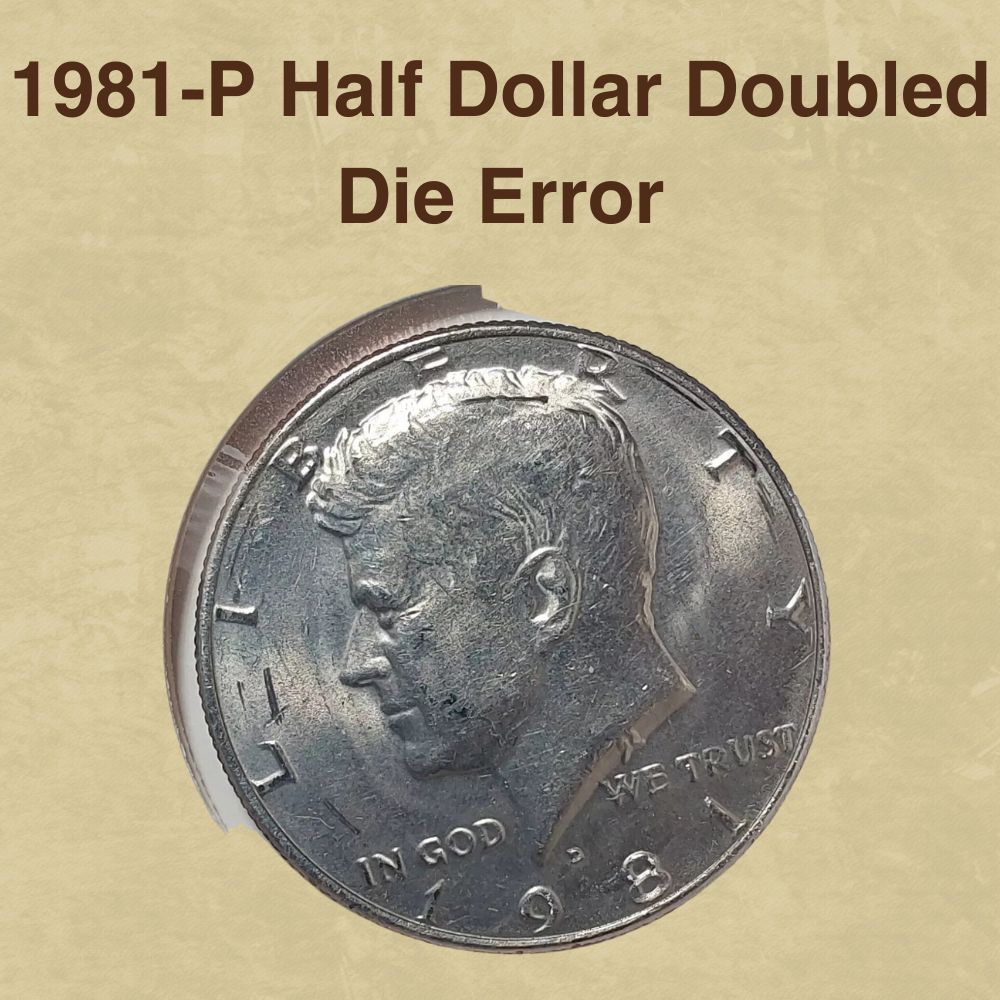
A doubled die error occurs when the die strikes the planchet multiple times at different angles, resulting in visible doubling on the devices or inscriptions.
On Kennedy half dollars, doubling is mostly seen on the word LIBERTY, IN GOD WE TRUST, and the date on the obverse. Most of the time, you will need magnification to detect any kind of doubling on the coin’s obverse or reverse.
A doubled die error can fetch between $10 and $50 depending on the strength of the doubling, with stronger doubling commanding higher prices.
Where to Sell Your 1981 Half Dollar?
Now that you know the value of your coins, do you know where to sell those coins online easily? Don’t worry, I’ve compiled a list of these sites, including their introduction, pros, and cons.
Check out now: Best Places To Sell Coins Online (Pros & Cons)
FAQs
How much is a 1981 half dollar worth?
The value of a 1981 half dollar varies based on the mintmark and condition. Examples can sell for between $0.60 to $2,750 depending on the whether the coin is circulated or uncirculated, with the latter fetching higher prices.
How do I know if my 1981 half dollar is worth money?
If your 1981 half dollar is flawless with little to no sign of circulation, has frosted devices, lustrous surfaces, and sharp details, it is likely worth more than its face value. Such a coin would typically be graded as a Mint State, Gem or Proof half dollar, all of which are relatively rare, visually appealing, and therefore command higher prices in the open market.
What makes a 1981 half dollar rare?
Generally, the rarest 1981 half dollars are Gems, i.e., those graded MS66 and higher. These coins are hardly seen in circulation and will typically command premiums. Gem examples boast sharp details, flawless surfaces, and original mint luster.
The post 1981 Half Dollar Coin Value (Errors List, “P”, “D” & “S” Mint Mark Worth) appeared first on CoinValueChecker.com.


